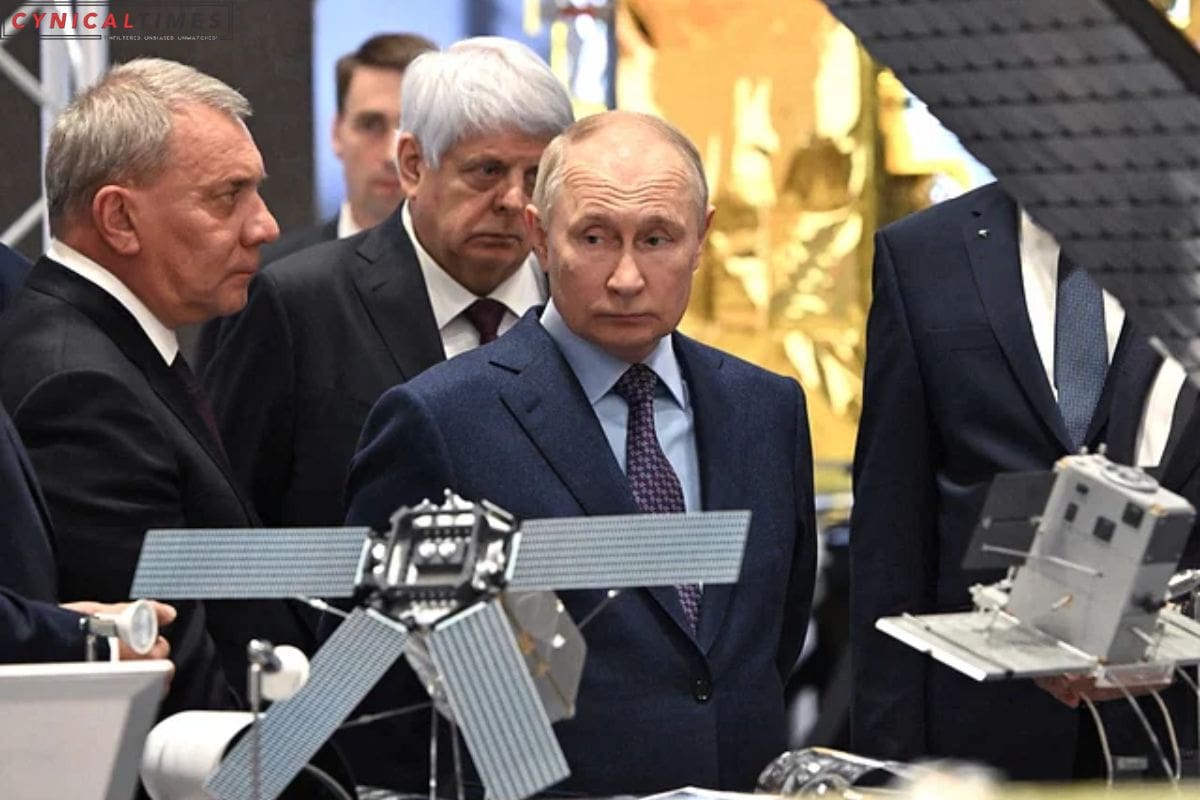Russia Vision for Space: President Vladimir Putin announced on Thursday Russia’s ambitious space plans, signaling the country’s commitment to advancing in space exploration. During a meeting with space industry officials, Putin outlined key milestones, including the launch of the first segment of Russia’s new orbital station by 2027.
This new orbital station is considered the logical successor to the International Space Station (ISS), currently celebrating 25 years in orbit. Putin emphasized that the extension of Russia’s participation in the ISS until 2028 was a temporary measure. As the ISS’s resources deplete, Russia envisions a comprehensive new station to continue its advancements in manned space flight.
Putin stressed the importance of maintaining pace with developments in space technology and science. The new orbital station must incorporate the latest achievements and hold the potential to tackle future challenges.
Yuri Borisov, the head of Russia’s space agency, Roscosmos, echoed Putin’s stance, emphasizing the need to act swiftly to secure Russia’s capabilities in manned space flight. He warned that without substantial work on the new orbital station by 2024, there’s a risk of losing capabilities due to the aging ISS.
In addition to the orbital station, Russia’s lunar program remains a priority. Despite the August failure of its first lunar mission in 47 years, Putin confirmed that the lunar program would continue. He acknowledged the technical mishaps that led to the crash landing of the Luna-25 craft on the moon’s south pole but emphasized that these experiences would inform future lunar missions.
The next moon launch, initially planned for 2027, might be accelerated to 2026, reflecting Russia’s determination to remain a key player in lunar exploration.
These developments showcase Russia’s unwavering commitment to advancing its space endeavors, aiming for a bright future in space exploration.
Also Read: Embryonic Hope in Space: Mammalian Reproduction Beyond Earth’s Gravitational Bounds
Our Reader’s Queries
What was the Russian failed space mission?
Russia’s first moon mission in nearly half a century, Luna-25, suffered a major setback on August 19th. The spacecraft lost control and ultimately crashed into the moon, highlighting the decline of Russia’s once-powerful space program. This unfortunate event serves as a reminder of the challenges and risks associated with space exploration.
What was the Soviet Union mission to space?
The Vostok program was a series of space missions that took place between April 1961 and August 1962. The program achieved several significant milestones, including the first human orbital flight and the first full day in space. One of the most notable missions was Vostok 3 and Vostok 4, which marked the first simultaneous flight of two crewed spacecraft. Overall, the Vostok program played a crucial role in advancing space exploration and paving the way for future missions.
What is the Russian equivalent of NASA?
Established in 1992, Roscosmos began as the Russian Space Agency (RSA). However, in 1999, the agency’s responsibilities were broadened to include the aviation industry, prompting a name change to Rosaviakosmos.
What was the failed Russian moon mission?
Russia’s recent attempt to reach the unexplored south pole of the moon was met with disappointment as their Luna-25 spacecraft crashed on August 19th. This marks the country’s first moon mission in 47 years and unfortunately, it did not go as planned. India, on the other hand, successfully landed their spacecraft on the same spot just four days later. Moscow’s hopes of beating India to this milestone have been dashed, but the race to explore the moon continues.

